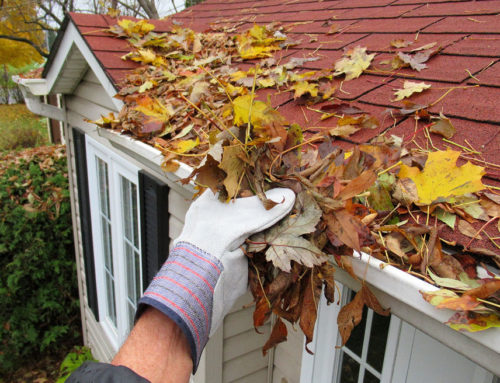As we move into a new season and the weather begins to warm up homeowners should be doing their annual spring maintenance for their home. It is good practice as a homeowner to keep a regular schedule with checking and maintaining the extremely important components of your new home.
In spring we recommend checking the following.
Clean and test all your smoke alarms
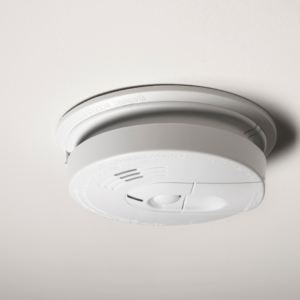
- Press and hold the test button on the smoke detector until you hear the alarm go off.
- The alarm will cycle around your home to each of your detectors
- If each of the smoke alarms sounded then no further action is required. If not all alarms went off you may need to inspect further or call a professional.
Test all GFCIs in bathrooms, kitchens and outside receptacles

- Plug in a small device such as a lamp into the outlet and turn it on to confirm power is running
- Press the test button on the outlet. This should stop the power and turn off the lamp.
- Press the reset button. This will continue the flow of power and the lamp should turn back on.
- If either the test or reset button does not work there may be something faulty with your outlet and it should be inspected by a trained professional.
Change the furnace filters
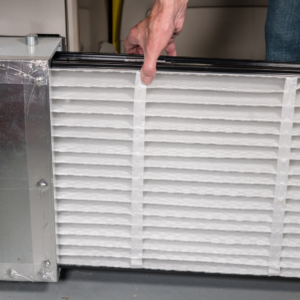
- Find your furnace filter on the side of your furnace. There will be a small door to access it.
- Check the size of your current furnace filter. Then purchase the required size. They come in a variety of filtering types so choose the one that is right for your family’s lifestyle.
- Note which direction the arrows are pointing and ensure you install the new furnace filter in the correct direction. The arrows should be pointing towards the furnace.
Inspect the roof visually from the ground if possible
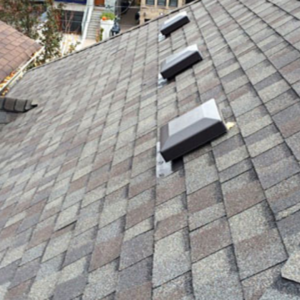
- Look for any missing or broken shingles or shingles that are buckling or curling
- Ensure that roof vents appear to be intact
Clean gutters and down-pipes
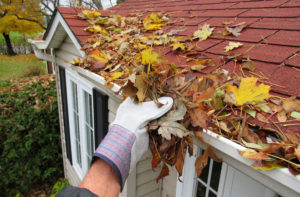
Keeping water flowing away from your home is important. This will require using a ladder to access the gutters so ensure you are following proper safety guidelines. It will also be helpful to have some basic tools such as a bucket to hold debris, gloves and a small trowel or scoop and a garden hose.
- Safely place your ladder to access your gutters.
- Remove large debris from the gutter and downspout
- Use your garden hose to flush with water and check for any blockages and leaks
- Remove any blockages in your downspout and repair leaks as needed with a proper sealant.
Inspect caulking inside your home and out and touch-up or replace where needed with approved products.

Caulking helps to ensure an air and water-tight seal around windows and doors. This helps prevent your home from drafts and water penetration.
- Perform a visual inspection looking for signs of cracking and peeling.
- If damaged repair with the proper sealant.
Clean windows, window tracks and make sure weep holes are not blocked
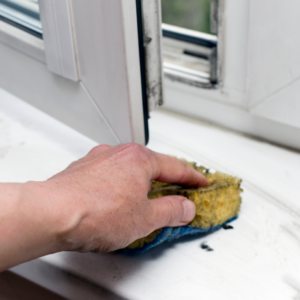
- Open your window to access the window track.
- Wipe out any dirt or debris from the area with a damp cloth
- On one side of the window, there will be a small drain (weep hole) to allow excess water to drain to the exterior. Ensure this is not blocked
- You may wish to lubricate any openers or rollers with silicone spray at this time.
Remember to turn on the interior water supply to hose bibs and exterior faucets!
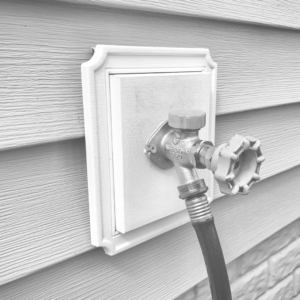
Once consistent plus temperatures arrive you are able to turn on your outdoor water valve to water your lawn or garden.
- Ensure that the exterior valve is closed – you may have left it open over the winter
- In your basement on your water control board open up the outdoor water valve.
- Once back outside open up the exterior spigot to allow the water to flow.
- Check for any leaks along the waterline and repair as needed.
More details can be found on the National New Home Warranty Website.


